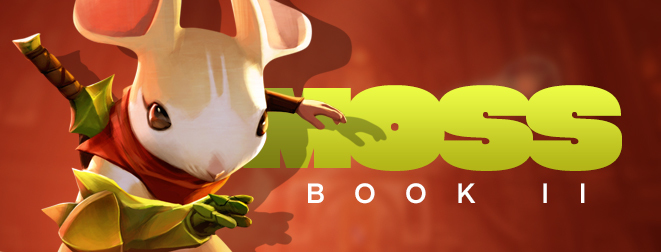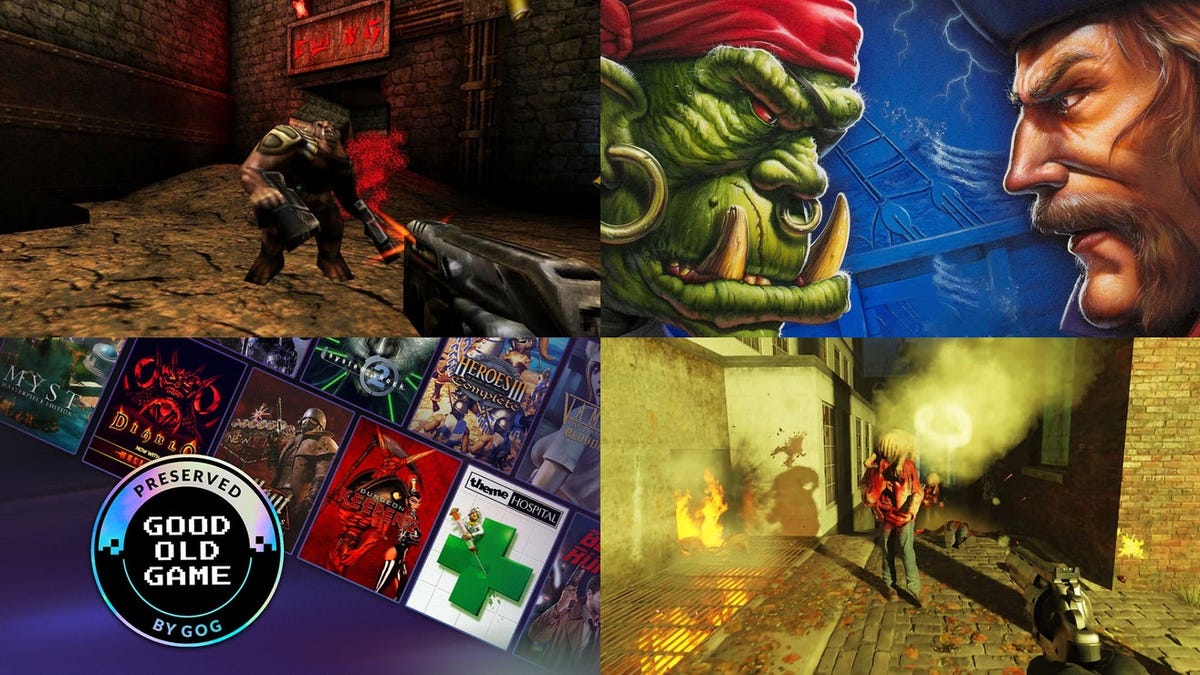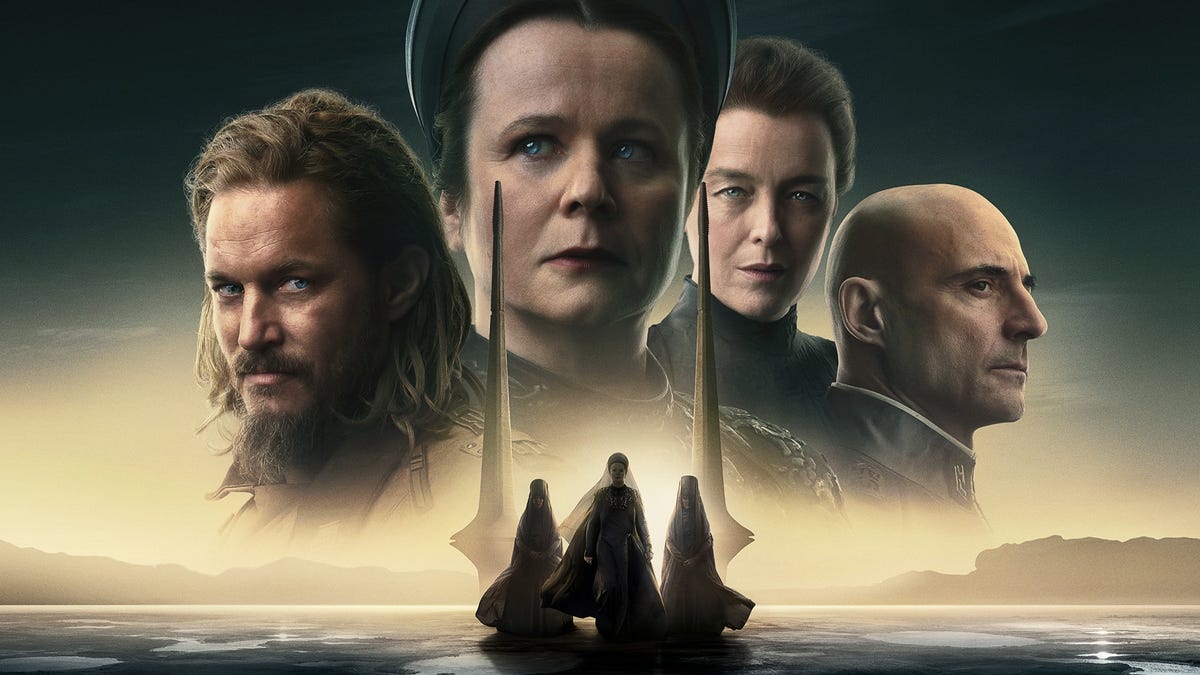A few years ago, a little mouse played in a charming 3D platform game with a design and graphics that exuded charisma and personality from all sides. Moss landed to show us that the genre didn’t have it all, especially since it’s a virtual reality game. For this reason, the announcement of the sequel Moss: Book II, although surprising given the short time that has passed since its unveiling until its announcement, was even expected. Everyone who knew Quill fell in love with his adventure.
This second book is already available in stores and we were able to meet up again with the adventurous little mouse to accompany her in this new story. We’ve adventured with Quill and reminded ourselves of how much we missed being the ubiquitous reader again.
The plot of Moss: Book II picks up where the first part left off. After rescuing her uncle from the Arcana’s clutches, it doesn’t take long for our protagonist to realize that someone or something is after her. They want to take away his precious magic crystal to control this fairytale world, but Quill has an idea to defeat this menace once and for all and for that he needs our help, that of the reader.
Advertising:
Yes, in this sequel we are again a kind of ghost who is a spectator but at the same time interacts with the world in which this little mouse lives. Throughout this fairytale-like story, which literally progresses like a book (which is sometimes counterintuitive because it limits the dynamics of the game), you’ll have to overcome numerous puzzles and platforming stages, and even fight against different types of enemies.
The first thing that caught our attention was that Moss: Book II requires you to play with the PlayStation 4 DualShock 4. Even if you play it with PSVR on a PlayStation 5 it is impossible to use DualSense since the camera must recognize the rear LED light of the control to be able to control the movements and the depth of the magic pointer that we will use during the game bypass game. It’s the only thing stopping you from using this “pad” because the rest would not only be interesting but would benefit significantly if it could be controlled with the PS5 controller.
The control is divided into two. On one side is Quill, which we control with the left analog stick and the front buttons of the controller, just like in a traditional 3D platformer. On the other hand, there’s us, the reader, who can use the triggers to perform various actions, e.g. B. pick up certain objects, paralyze enemies or even revive Quill by aiming with the movement of the controller. With this pattern, it’s obvious that a trigger drag system and haptic rumble would have been handy for the game. Too bad, although it is understandable.
Advertising:
This loss of immersion is a tiny drag on a game that, on the other hand, constantly asks for the interaction of its two halves. There’s a pretty delicate balance between Quill’s handling and Reader’s magic, they’re both pretty basic but they create some really interesting synergies when combined. It’s a pity that the short playing time of Moss 2 prevents us from exploring more opp ortunities and possibilities and in the end most of the puzzles consist of moving this or that object, pressing a switch or moving the little mouse.
It hurts a little more when you consider how well-done the atmosphere of this game is, thanks in particular to its particle and lighting effects. In Moss: Book II, the camera is positioned so that one can easily see the entire stage through which the protagonist moves. This wide perspective can be completely transformed just by moving your head, as you can even zoom in on any element on the screen, rotate to look for nooks and crannies, or approach Quill to see him join you follows his head. It’s like seeing a play, a book in relief, a small world that you have before your eyes so that the spectator can see it with a certain freedom and certainty, without forcing yourself to be in the ego. perspective to be there.
Polyarc is aware of the limitations of PSVR and I find this solution to be the smartest and most effective way to show what VR is capable of without showing the seams everywhere. Nevertheless, it is particularly noticeable that the team has turned so much on the details. A lot of care is put into every setting and especially into every character, which is particularly noticeable in the realistic nature of their animations. Sometimes you have Quill far away, sometimes you have him close by. It all depends on the level you’re playing on, although you always have a bit of freedom to position the camera with your head, but it always makes the world seem more alive, much more so than the many wastelands we’ve seen so often have in arcade games VR.
Advertising:
Virtual Reality relies heavily on the visual part to achieve the immersion it needs, although the sound also has a lot of responsibility and here it fulfills with absolute ease. Each level has its own unique sound effects, whether it’s the rushing of the wind in an open space, the dripping of water in a cave, or even little Quill’s footsteps, her aggressive hiss in battle is endearing and still manages to get you even more into the action of this adventure. In the end, it all adds up to make us think we’re part of a fairy tale, especially when that orchestral score comes into play that harmonizes so well with the on-screen action.
Moss: Book II is a good sequel and a better proposition to enjoy the honeys of virtual reality. It takes what worked from the first game and expands on it on all fronts, especially graphically. It makes you want to stop and see how this world looks in each new scenario, be curious, see Quill’s reactions, enjoy his puzzles and light action. It’s a very good excuse to immerse yourself in virtual reality, even if it’s so short.











